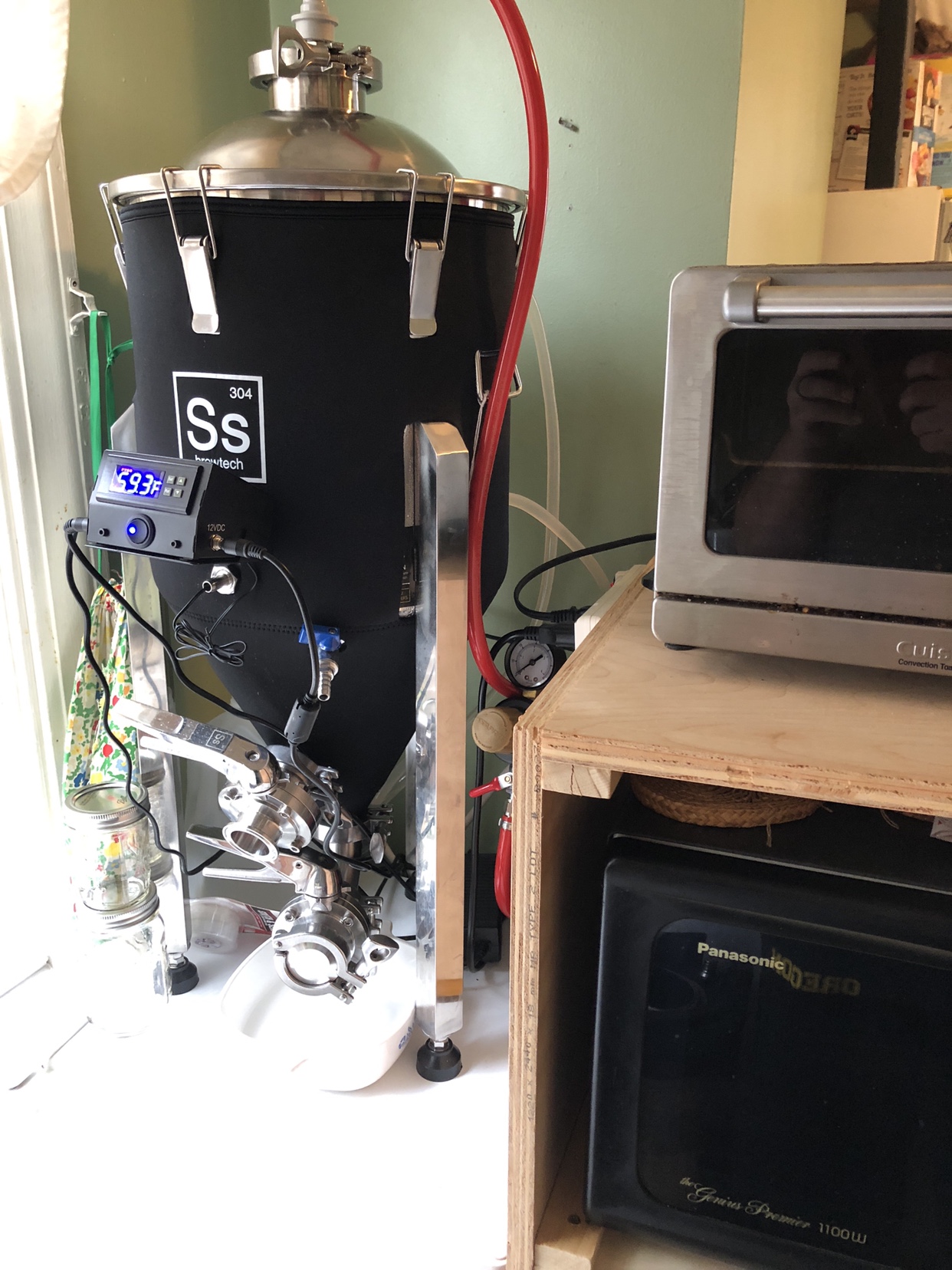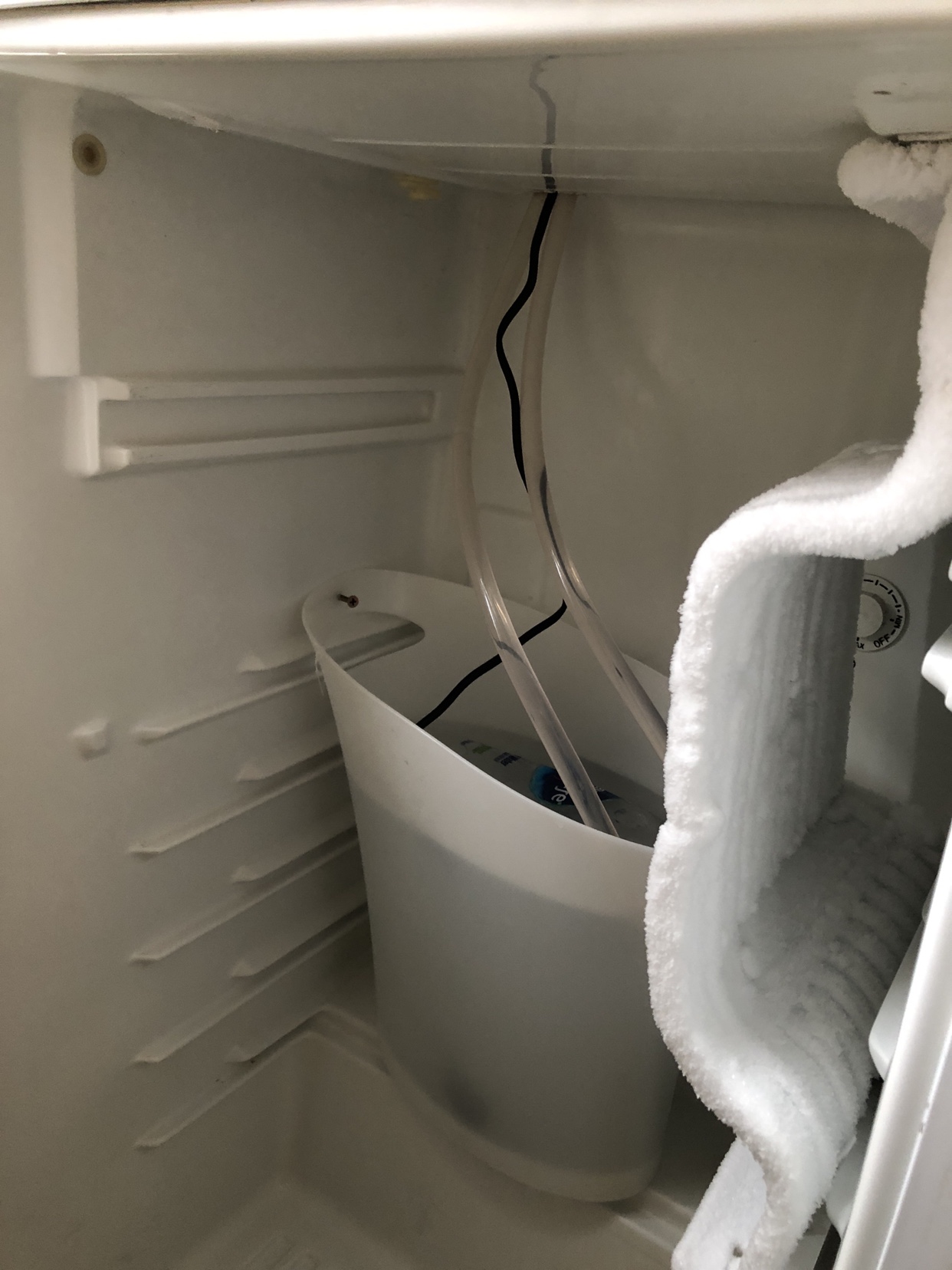My 7th batch is in the fermenter.
Purchased a ssbrewtech 7 gal bme with temp chronical. Love it. Drilled a hole in mini fridge/kegerator to put lines for temp control to go into a bucket inside fridge...
Thought i could get it to 38 to cold crash...I was mistaken! I can get to about 55.
I was planning on crashing, and transfer to keg sat. My question is, should I leave at 55....will that help some sediment drop out, or is that bad for the beer? I still have co2 hooked up to top as well, the plan was during crashing to have 1-2psi so no blowback.
I started temp at 65, then every two days went up a degree until i got to 70.5. It’s been in the fermenter 12ish days.
Any thoughts are appreciated!
Purchased a ssbrewtech 7 gal bme with temp chronical. Love it. Drilled a hole in mini fridge/kegerator to put lines for temp control to go into a bucket inside fridge...
Thought i could get it to 38 to cold crash...I was mistaken! I can get to about 55.
I was planning on crashing, and transfer to keg sat. My question is, should I leave at 55....will that help some sediment drop out, or is that bad for the beer? I still have co2 hooked up to top as well, the plan was during crashing to have 1-2psi so no blowback.
I started temp at 65, then every two days went up a degree until i got to 70.5. It’s been in the fermenter 12ish days.
Any thoughts are appreciated!



























































![Craft A Brew - Safale S-04 Dry Yeast - Fermentis - English Ale Dry Yeast - For English and American Ales and Hard Apple Ciders - Ingredients for Home Brewing - Beer Making Supplies - [1 Pack]](https://m.media-amazon.com/images/I/41fVGNh6JfL._SL500_.jpg)
